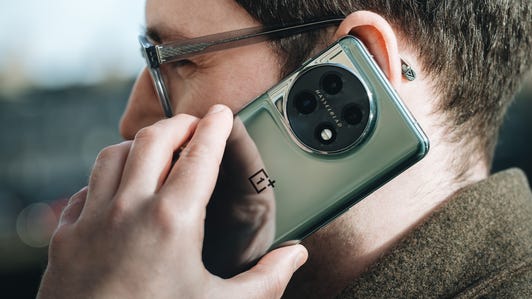Technologies
OnePlus 11 vs. Pixel 7 Pro Cameras Tested: Which Is Better?
The OnePlus 11 and Google Pixel 7 Pro have great triple cameras. We tested both devices to figure out which is the best at taking pictures.
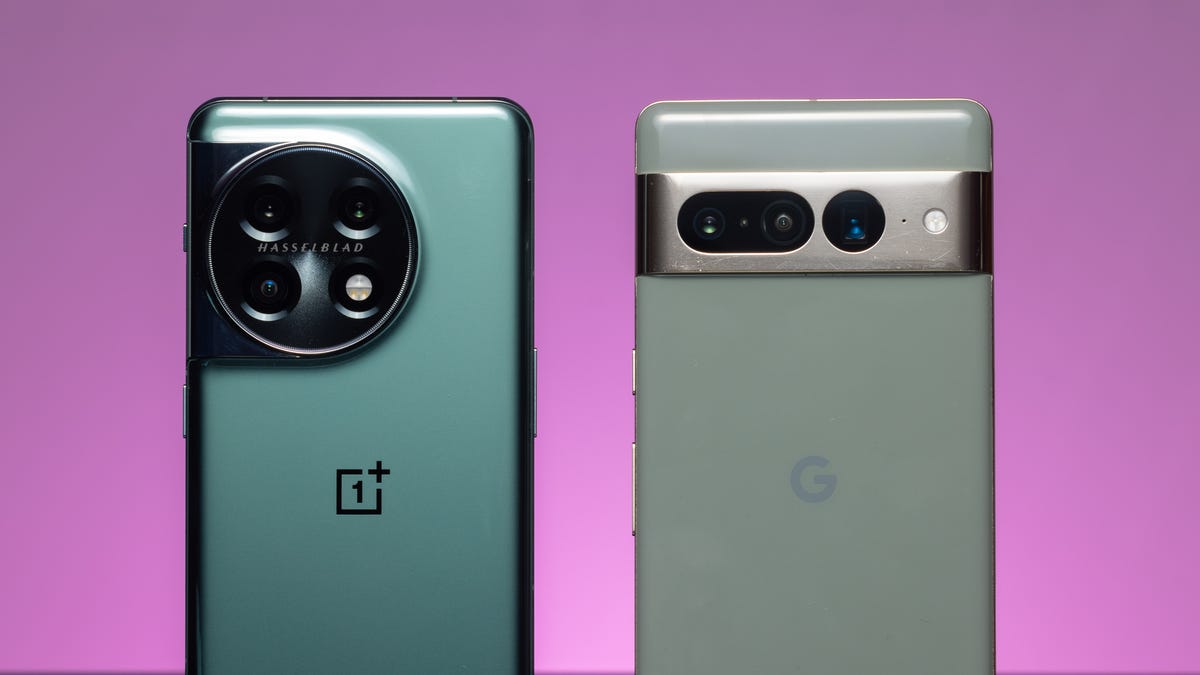
The OnePlus 11 is a powerful Android phone with a great looking design and handy extras like hyperfast charging. But these days, a good phone also has to take superb pictures. The OnePlus 11’s triple camera array takes high-quality shots, which you can read more about in the full review for the OnePlus 11. But I also wanted to see how it stacks up against its main rival, the Google Pixel 7 Pro.
The Pixel 7 Pro earned a coveted CNET Editors’ Choice award last year because of its specs and superb camera, so I knew it was going to be a fun «shoot-out» to determine which one captures the better photos.
I charged both handsets up and headed off around beautiful Edinburgh, Scotland, to see what’s what.


OnePlus 11, main camera.
Andrew Lanxon/CNET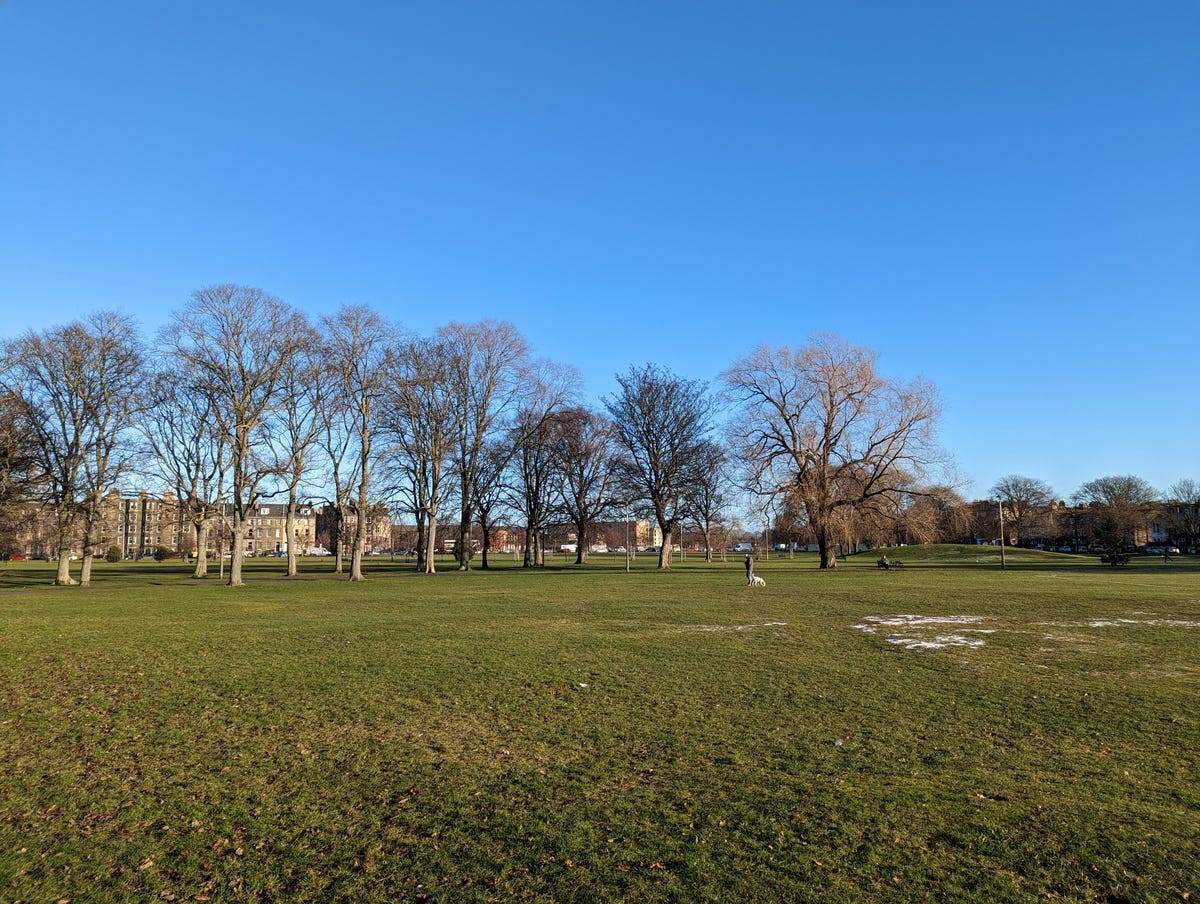

Pixel 7 Pro, main camera.
Andrew Lanxon/CNETThe OnePlus 11’s shot above is certainly more vibrant than the image from the Pixel 7 Pro, but it looks oversaturated, with quite a teal tone to the sky. As a result, the OnePlus image looks less natural. It’s something I found generally with the OnePlus 11 camera in testing it for my review.
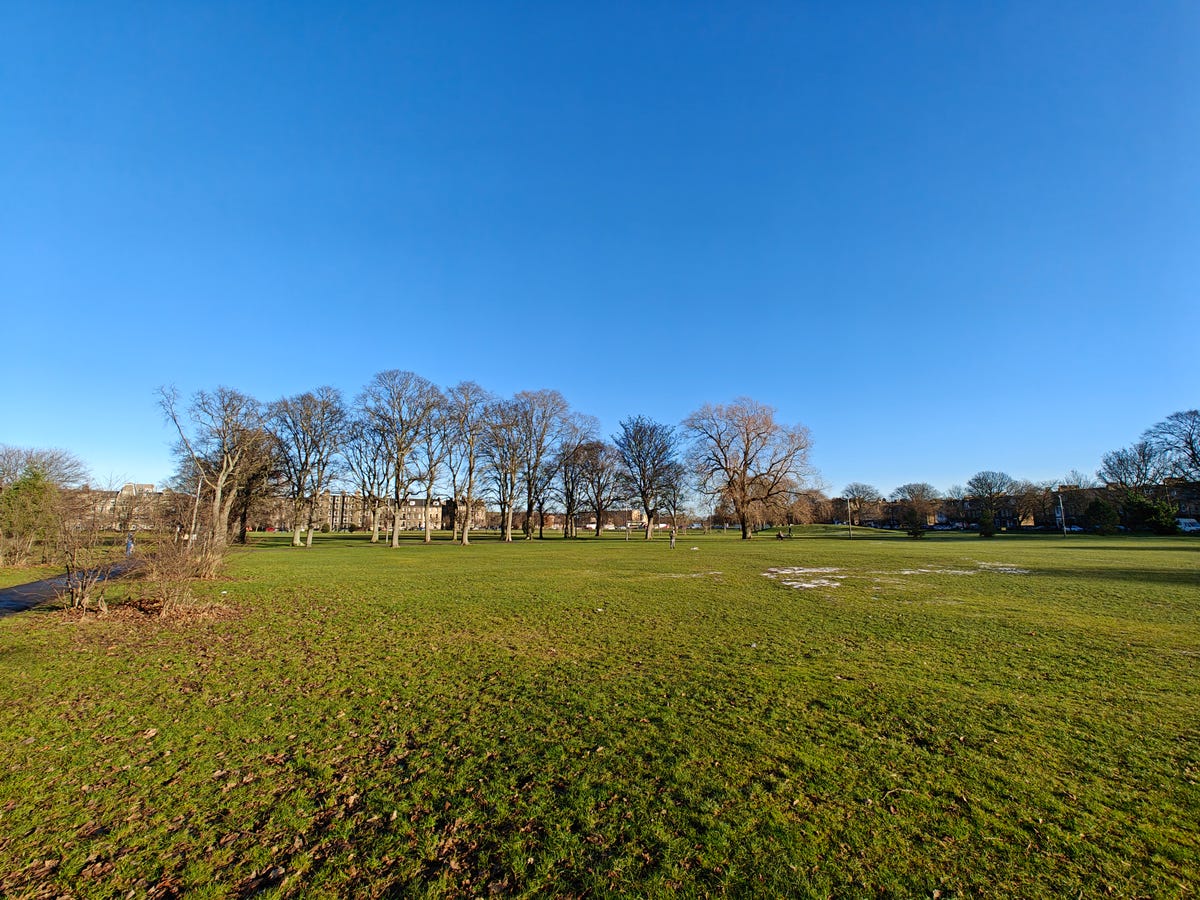

OnePlus 11, ultra-wide lens.
Andrew Lanxon/CNET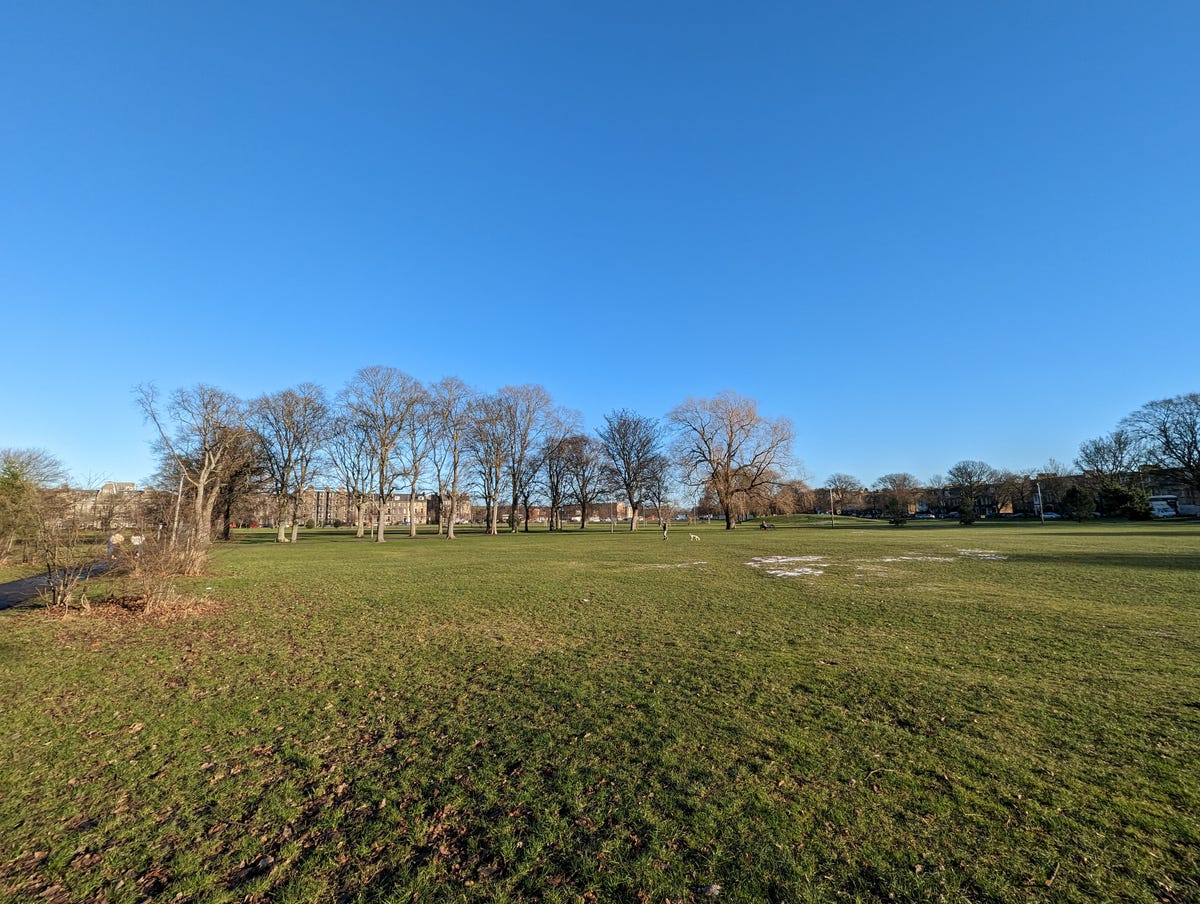

Pixel 7 Pro, ultra-wide lens.
Andrew Lanxon/CNETSwitching to the ultra-wide lens, the OnePlus 11 has again produced a more vibrant shot. (See above.) It’s not that it’s a bad photo — if you want bright, punchy shots of your friends having fun, it’ll suit you well. But it’s worth keeping in mind if you prefer more natural-looking shots like the one from the Pixel.


OnePlus 11, main camera.
Andrew Lanxon/CNET

Pixel 7 Pro, main camera.
Andrew Lanxon/CNETBoth phones captured bright and well-exposed scenes in the photos above. But the HDR on the OnePlus 11 is too aggressive in lifting the shadows, resulting in quite a «processed» look. It’s again produced a blue sky that leans more into teal tones, while the Pixel 7 Pro’s shot looks more true-to-life overall.


OnePlus 11, ultra-wide lens.
Andrew Lanxon/CNET

Pixel 7 Pro, ultra-wide lens.
Andrew Lanxon/CNETTake a look above where it’s exactly the same story when we switch to the ultra-wide lens; overly lifted shadows and toned down highlights resulting in quite an HDR look to the image, to my eye.


OnePlus 11, main camera.
Andrew Lanxon/CNET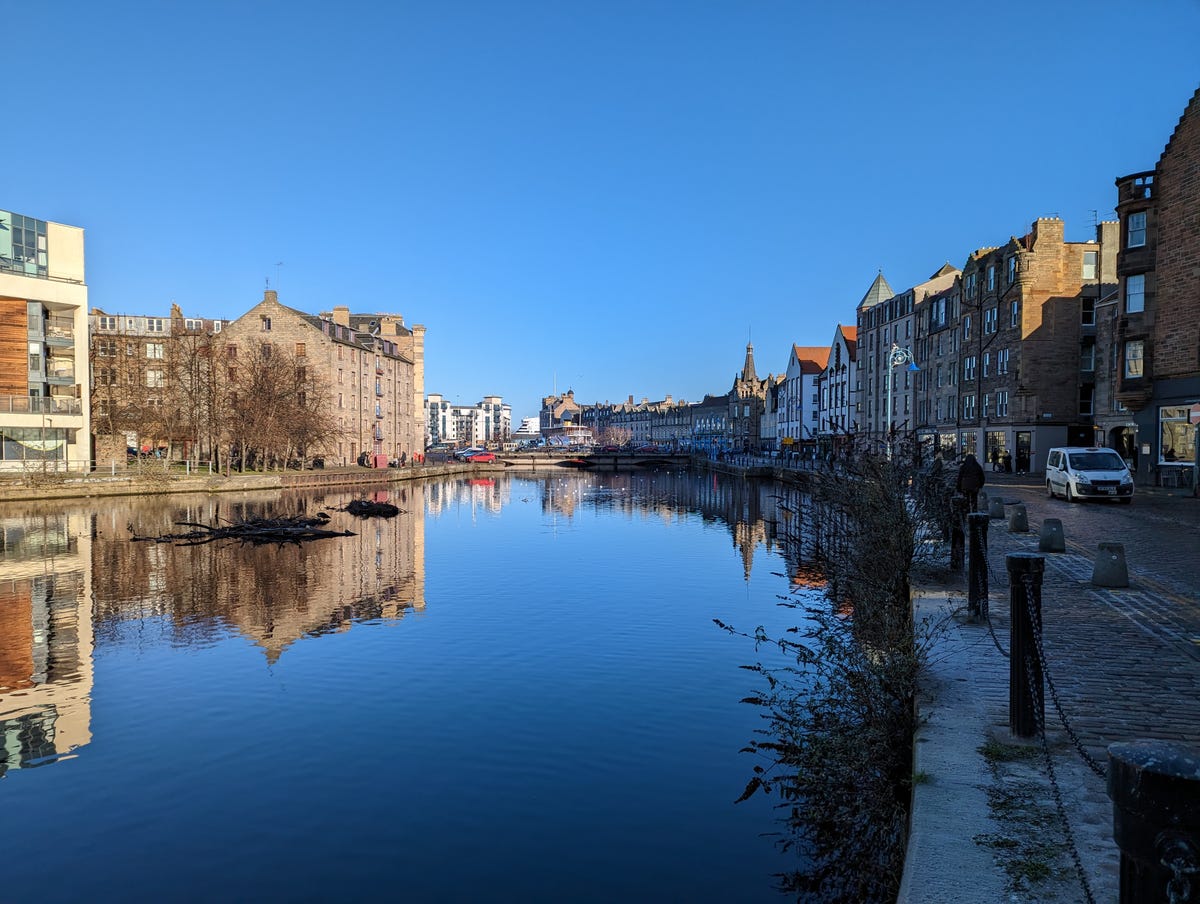

Pixel 7 Pro, main camera.
Andrew Lanxon/CNETI don’t feel the OnePlus 11 has done great in the photo above either, but mostly due to the color balance which has resulted in quite a teal-colored sky and a yellow-green tinge to the buildings on the left.


OnePlus 11, 2x zoom.
Andrew Lanxon/CNETOne of the things I found most disappointing in my OnePlus 11 review is that it lacks a proper telephoto zoom lens, instead having just a 2x zoom for portrait shots. I love a zoom lens on a phone as it allows you to find interesting compositions in your surroundings that might be lost to your friends and their wide-angle-only phone cameras. In the photo above, the OnePlus 11’s 2x lens only goes so far in getting a closer-up view of the buildings against the river.


Pixel 7 Pro, 5x optical zoom.
Andrew Lanxon/CNETWith its 5x optical zoom, the Pixel 7 Pro can get a much closer view. Check out the Pixel’s photo above. I always enjoy taking photos with the Pixel’s zoom lens as I feel I can get a lot more creative with the zoom than I can with just a wide-angle lens.
Where the OnePlus 11 excels though is in its night mode photos.


OnePlus 11, night mode.
Andrew Lanxon/CNET

Pixel 7 Pro, night mode.
Andrew Lanxon/CNETThe OnePlus 11 has achieved a brighter image above, which is especially noticeable on the main building in the center of the frame. I think the colors look better too, and there’s generally more detail to be seen throughout the image.


OnePlus 11, night mode.
Andrew Lanxon/CNET

Pixel 7 Pro, night mode.
Andrew Lanxon/CNETAnd it’s the same in the photos above. The OnePlus 11 captured a much brighter shot, with clouds in the night sky being particularly noticeable.
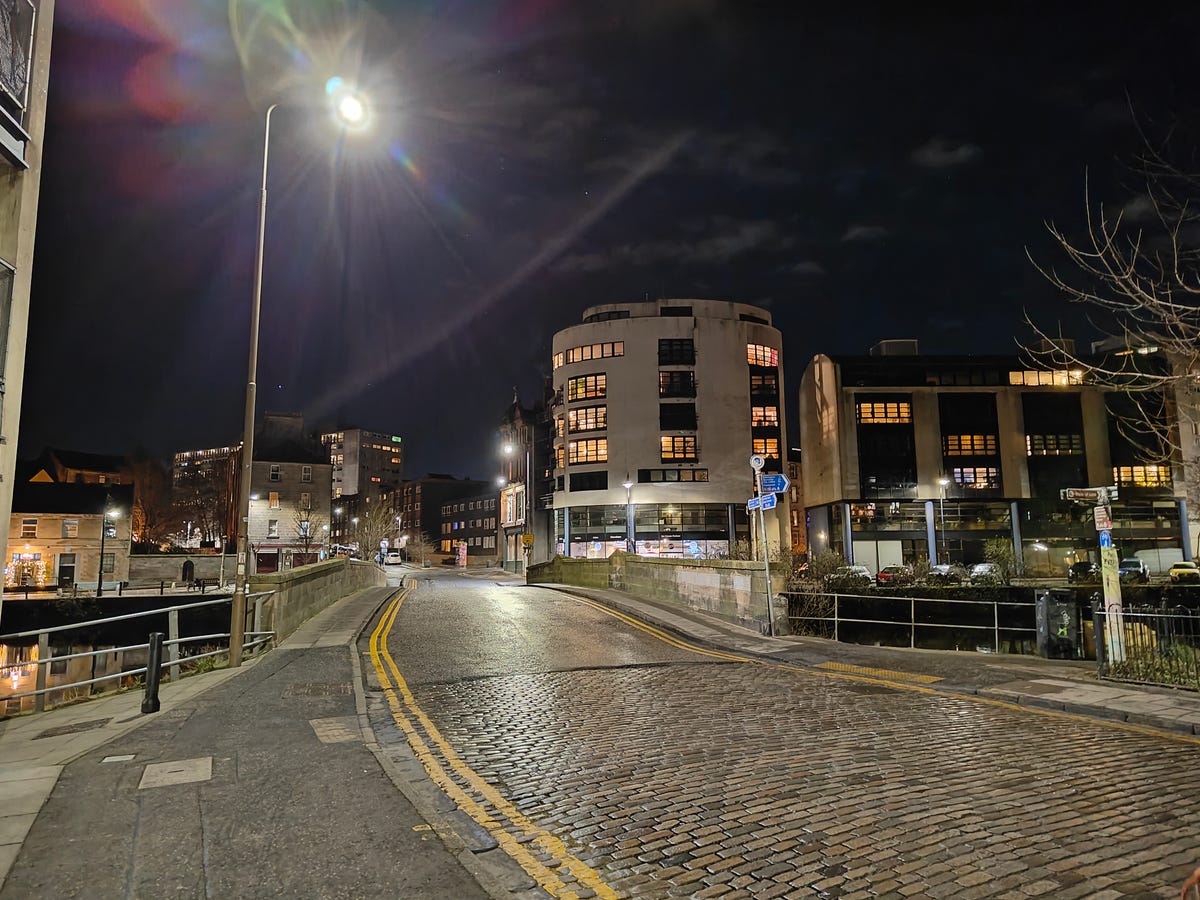

OnePlus 11, night mode.
Andrew Lanxon/CNET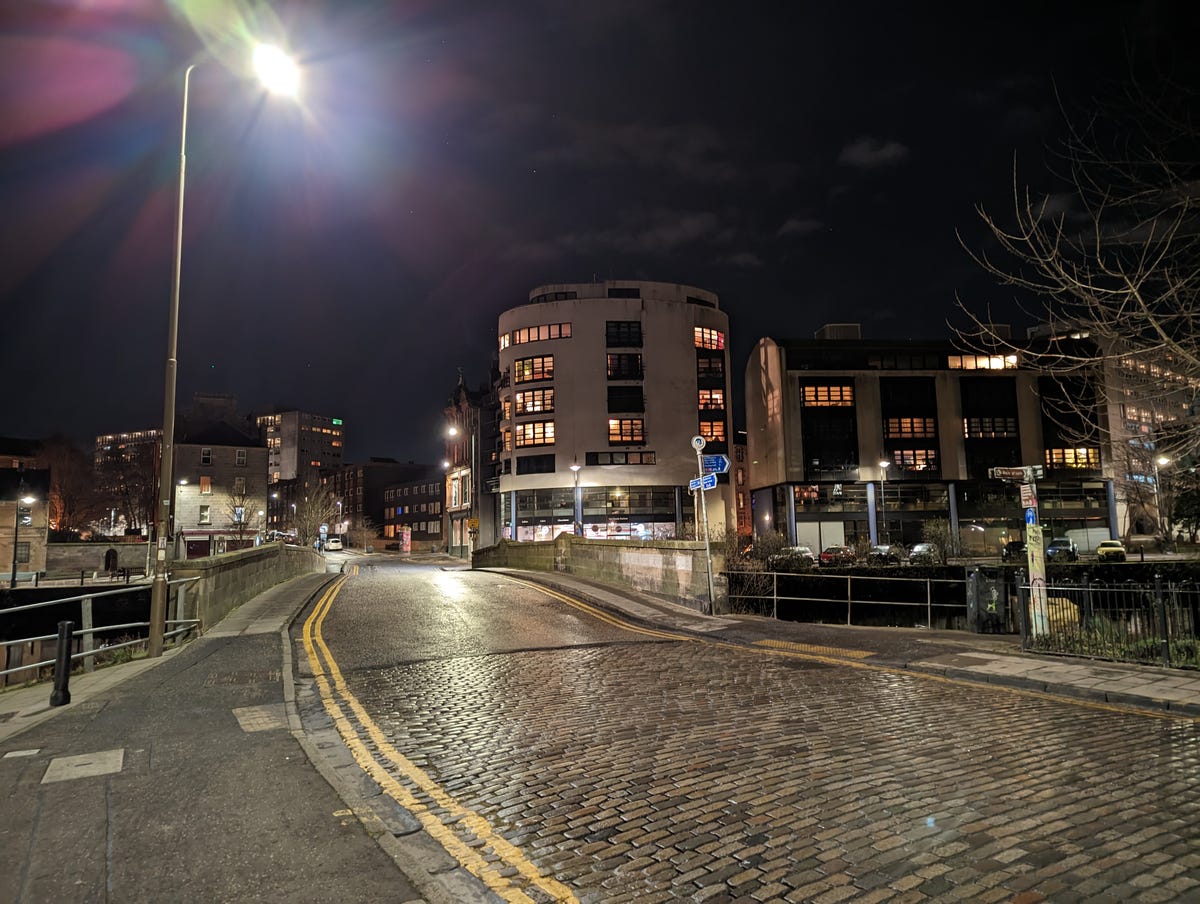

Pixel 7 Pro, night mode.
Andrew Lanxon/CNETBoth images above suffer from significant flares when shooting toward bright light sources, but most phones tend to have this problem. It’s not really any worse on either phone, so it’s just something you’ll need to keep in mind when shooting at night.
Which is the better camera phone?
Throughout my testing, I’ve found that the OnePlus 11 quite consistently delivers shots that are highly saturated and show heavy-handed HDR processing that lifts shadows and tones down highlights to a sometimes unrealistic extent. By contrast, the Pixel 7 Pro’s images are more true to life, with accurate colors and more satisfying shadow areas that haven’t been ‘fixed’ (read: lightened) by the camera software.
However, it’s important to keep in mind that this is largely subjective. As a photographer, imaging skills are a top priority for me in a phone. I want a camera that takes more realistic photos, with more «neutral» contrast and exposure, so that I have a better image to potentially apply my own edits or effects to later on. As a result, I prefer the shots from the Pixel 7 Pro. But if photography is maybe less of a concern and you instead want vibrant, punchy images straight out of the camera that you can instantly share with family and friends, then perhaps you’ll enjoy the vivid look of the OnePlus 11’s pictures. It’s certainly got the edge when it comes to night mode too.
What’s not subjective though is the lack of a bigger zoom on the OnePlus 11. That 2x lens is fine for portraits, but it’s nothing compared with the superb 5x zoom on the Pixel 7 Pro, which is probably my favorite camera lens found on any of today’s top phones. The Pixel 7 Pro feels like I’m putting a full camera bag of equipment in my pocket; a superb ultra-wide, a great standard zoom and an excellent telephoto. With it, I know I can grab interesting compositions in almost any environment I find myself in and it’s why the OnePlus 11 doesn’t feel like a fully capable photography phone.
Technologies
Today’s NYT Mini Crossword Answers for Wednesday, Dec. 24
Here are the answers for The New York Times Mini Crossword for Dec. 24.

Looking for the most recent Mini Crossword answer? Click here for today’s Mini Crossword hints, as well as our daily answers and hints for The New York Times Wordle, Strands, Connections and Connections: Sports Edition puzzles.
Need some help with today’s Mini Crossword? I’m Irish-American, but yet 6-Down, which involves Ireland, stumped me at first. Read on for all the answers.. And if you could use some hints and guidance for daily solving, check out our Mini Crossword tips.
If you’re looking for today’s Wordle, Connections, Connections: Sports Edition and Strands answers, you can visit CNET’s NYT puzzle hints page.
Read more: Tips and Tricks for Solving The New York Times Mini Crossword
Let’s get to those Mini Crossword clues and answers.
Mini across clues and answers
1A clue: Wordle or Boggle
Answer: GAME
5A clue: Big Newton
Answer: ISAAC
7A clue: Specialized vocabulary
Answer: LINGO
8A clue: «See you in a bit!»
Answer: LATER
9A clue: Tone of many internet comments
Answer: SNARK
Mini down clues and answers
1D clue: Sharks use them to breathe
Answer: GILLS
2D clue: From Singapore or South Korea, say
Answer: ASIAN
3D clue: Large ocean ray
Answer: MANTA
4D clue: ___ beaver
Answer: EAGER
6D clue: Second-largest city in the Republic of Ireland, after Dublin
Answer: CORK
Don’t miss any of our unbiased tech content and lab-based reviews. Add CNET as a preferred Google source.
Technologies
Quadrantids Is a Short but Sweet Meteor Shower Just After New Year’s. How to See It
This meteor shower has one of the most active peaks, but it doesn’t last for very long.

The Quadrantids has the potential to be one of the most active meteor showers of the year, and skygazers won’t have long to wait to see it. The annual shower is predicted to reach maximum intensity on Jan. 3. And with a display that can rival Perseids, Quadrantids could be worth braving the cold to see it.
Don’t miss any of our unbiased tech content and lab-based reviews. Add CNET as a preferred Google source.
The show officially begins on Dec. 28 and lasts until Jan. 12, according to the American Meteor Society. Quadrantids is scheduled to peak on Jan. 2-3, when it may produce upwards of 125 meteors per hour. This matches Perseids and other larger meteor showers on a per-hour rate, but Quadrantids also has one of the shortest peaks at just 6 hours, so it rarely produces as many meteors overall as the other big ones.
The meteor shower comes to Earth courtesy of the 2003 EH1 asteroid, which is notable because most meteor showers are fed from comets, not asteroids. Per NASA, 2003 EH1 is a near-Earth asteroid that orbits the sun once every five and a half years. Science posits that 2003 EH1 was a comet in a past life, but too many trips around the sun stripped it of its ice, leaving only its rocky core. The Earth runs through EH1’s orbital debris every January, which results in the Quadrantids meteor shower.
How and where to see Quadrantids
Quadrantids is named for the constellation where its meteors appear to originate, a point known as the radiant. This presents another oddity, as the shower originates from the constellation Quadrans Muralis. This constellation ceased to be recognized as an official constellation in the 1920s and isn’t available on most publicly accessible sky maps.
For the modern skygazer, you’ll instead need to find the Bootes and Draco constellations, both of which contain stars that were once a part of the Quadrans Muralis. Draco will be easier to find after sunset on the evening of Jan. 2, and will be just above the horizon in the northern sky. Bootes orbits around Draco, but will remain under the horizon until just after 1 a.m. local time in the northeastern sky. From that point forward, both will sit in the northeastern part of the sky until sunrise. You’ll want to point your chair in that direction and stay there to see meteors.
As the American Meteor Society notes, Quadrantids has a short but active peak, lasting around 6 hours. The peak is expected to start around 4 p.m. ET and last well into the evening. NASA predicts the meteor shower to start one day later on Jan. 3-4, so if you don’t see any on the evening of Jan. 2, try again on Jan. 3.
To get the best results, the standard space viewing tips apply. You’ll want to get as far away from the city and suburbs as possible to reduce light pollution. Since it’ll be so cold outside, dress warmly and abstain from alcoholic beverages, as they can affect your body temperature. You won’t need any binoculars or telescopes, and the reduced field of view may actually impact your ability to see meteors.
The bad news is that either way, the Quadrantids meteor shower coincides almost perfectly with January’s Wolf Moon, which also happens to be a supermoon. This will introduce quite a lot of light pollution, which will likely drown out all but the brightest meteors. So, while it may have a peak of over 100 meteors per hour, both NASA and the AMS agree that the more realistic expectation is 10 or so bright meteors per hour.
Technologies
Today’s Wordle Hints, Answer and Help for Dec. 24, #1649
Here are hints and the answer for today’s Wordle for Dec. 24, No. 1,649.
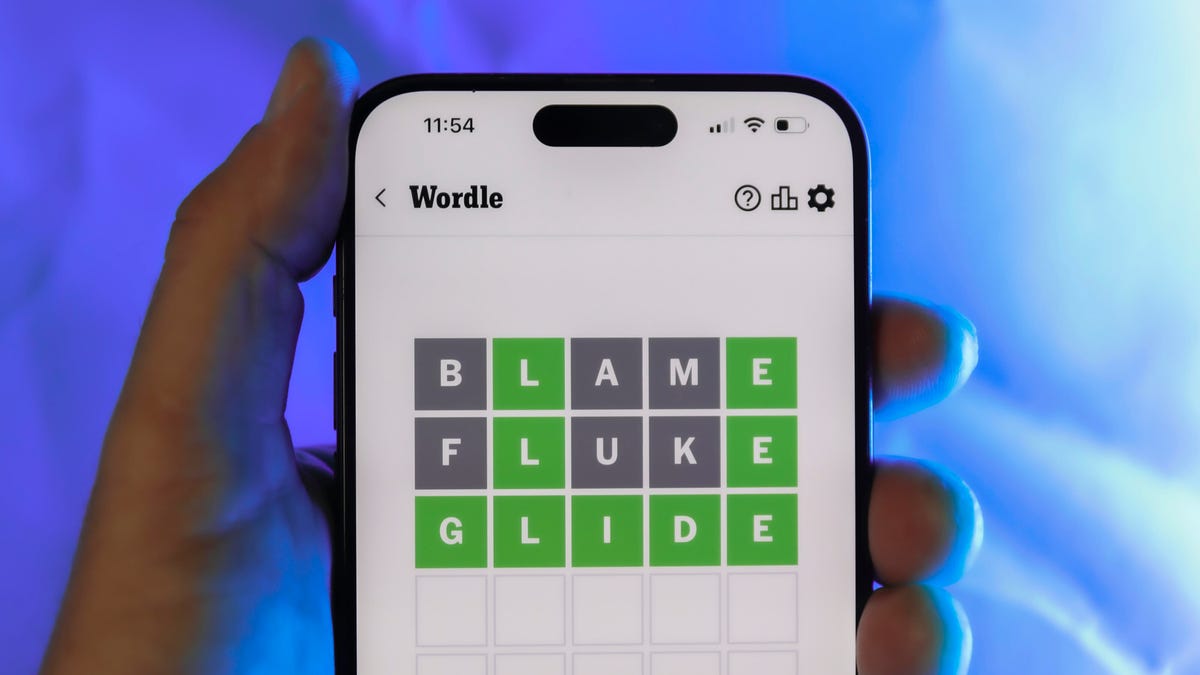
Looking for the most recent Wordle answer? Click here for today’s Wordle hints, as well as our daily answers and hints for The New York Times Mini Crossword, Connections, Connections: Sports Edition and Strands puzzles.
Today’s Wordle puzzle is a little tricky, with a double letter that could confuse players. If you need a new starter word, check out our list of which letters show up the most in English words. If you need hints and the answer, read on.
Read more: New Study Reveals Wordle’s Top 10 Toughest Words of 2025
Today’s Wordle hints
Before we show you today’s Wordle answer, we’ll give you some hints. If you don’t want a spoiler, look away now.
Wordle hint No. 1: Repeats
Today’s Wordle answer has one repeated letter.
Wordle hint No. 2: Vowels
Today’s Wordle answer has one vowel, but it’s the repeated letter, so you’ll see it twice.
Wordle hint No. 3: First letter
Today’s Wordle answer begins with S.
Wordle hint No. 4: Last letter
Today’s Wordle answer ends with L.
Wordle hint No. 5: Meaning
Today’s Wordle answer can refer to a cylindrical device upon which thread is wound.
TODAY’S WORDLE ANSWER
Today’s Wordle answer is SPOOL.
Yesterday’s Wordle answer
Yesterday’s Wordle answer, Dec. 23, No. 1648 was GLINT.
Recent Wordle answers
Dec. 19, No. 1644: MYRRH
Dec. 20, No. 1645: WHITE
Dec. 21, No. 1646: QUILT
Dec. 22, No. 1647: CONCH
Don’t miss any of our unbiased tech content and lab-based reviews. Add CNET as a preferred Google source.
-

 Technologies3 года ago
Technologies3 года agoTech Companies Need to Be Held Accountable for Security, Experts Say
-

 Technologies3 года ago
Technologies3 года agoBest Handheld Game Console in 2023
-

 Technologies3 года ago
Technologies3 года agoTighten Up Your VR Game With the Best Head Straps for Quest 2
-

 Technologies4 года ago
Technologies4 года agoBlack Friday 2021: The best deals on TVs, headphones, kitchenware, and more
-

 Technologies4 года ago
Technologies4 года agoVerum, Wickr and Threema: next generation secured messengers
-

 Technologies4 года ago
Technologies4 года agoGoogle to require vaccinations as Silicon Valley rethinks return-to-office policies
-

 Technologies4 года ago
Technologies4 года agoOlivia Harlan Dekker for Verum Messenger
-

 Technologies4 года ago
Technologies4 года agoiPhone 13 event: How to watch Apple’s big announcement tomorrow



